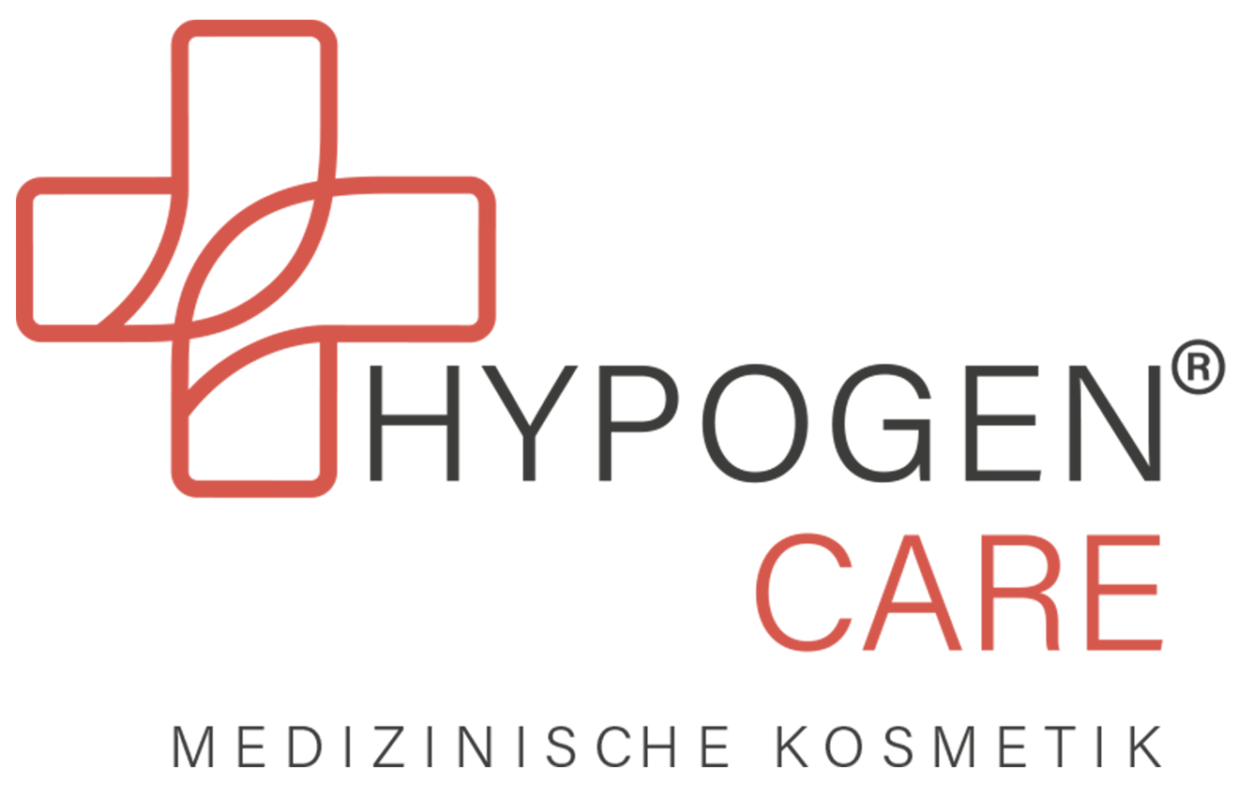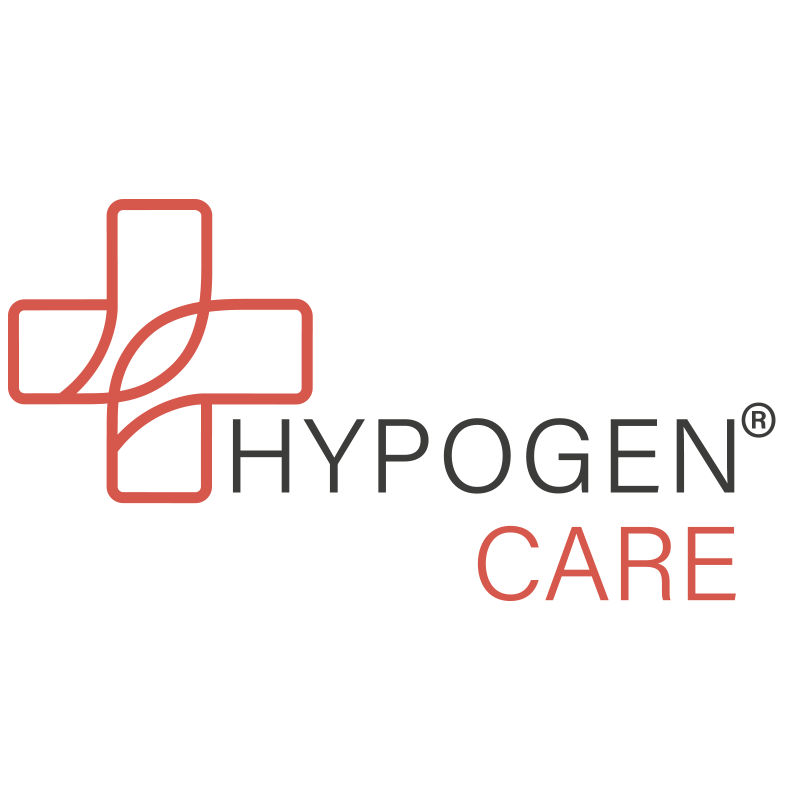SKIN
Sun allergy
Recommendation
To treat acute sun allergies, gently apply HYPOGEN CARE Wound Care Fluid on the affected areas. The Wound Care Fluid has an anti-inflammatory effect and interrupts the production of radicals triggered by UV radiation, which is a major cause of sun allergies.
Avoid direct sunlight at all costs until the sun allergy has completely subsided. In addition - if the skin is not too irritated - treat the skin very gently with HYPOGEN CARE after sun care cream to prevent further skin tension and dehydration.
A doctor should always be consulted, especially if blisters, pustules or general discomfort occur. To avoid sun allergies, apply sunscreen spray UV 60 or sunscreen lotion UV65+ generously to dry skin, depending on the level of protection required. The need for protection depends on the skin type and the type, intensity and duration of sun exposure.
Then rub in the product until it is absorbed. The application lasts a particularly long time and only needs to be repeated if the treated skin has been exposed to abrasive friction. HYPOGEN SUN CARE products are hypoallergenic, i.e. absolutely non-irritating. In particular, they are free from titanium dioxide and other harmful mineral and organic chemical ingredients. HYPOGEN SUN CARE products have a biomimetic effect by naturally strengthening the skin's cell membrane complex as its protective barrier.
Features
Sun allergies are a reaction to sun exposure in combination with the active ingredients of conventional sun protection products. These use two types of active ingredient:
1. absorptive types of active ingredients: These are organic-chemical UV absorbers whose molecules absorb the sun's UV rays. They include octinoxate, for example.
2. reflective types of active ingredients: These are mineral filters that reflect sunlight - like a series of tiny mirrors. Titanium dioxide is an example of this. In principle, sun allergies are triggered by both types of active ingredient.
Symptoms of sun allergy are
- The skin is itchy, irritated and reddened.
- The reddened areas can also become inflamed and form blisters or pustules.
- Nettles - white spots with reddish edges - are also a common symptom. Nettles are usually accompanied by a general feeling of discomfort.
Incidentally, not every skin reaction to sun exposure is a sun allergy. It can also be an allergic reaction to other of the many harmful ingredients in conventional sun creams, sprays, gels or lotions. A special form of this is Mallorca acne. A special form of sun allergy is light dermatosis.
Referenced terms
Sun cream allergy, sun gel allergy, sun lotion allergy, sun spray allergy
*The recommendations of the navigator on symptoms, diseases, etc. are not a substitute for professional advice or treatment by a doctor. In general, it is advised to consult a specialist for medical guidance in case of skin diseases. The recommendations of the navigator must not be used for independent medical treatment: The correct classification of symptoms, diseases and clinical pictures, etc. can only be provided by a physician, especially in the case of multiple diseases.

